
All iLive content is medically reviewed or fact checked to ensure as much factual accuracy as possible.
We have strict sourcing guidelines and only link to reputable media sites, academic research institutions and, whenever possible, medically peer reviewed studies. Note that the numbers in parentheses ([1], [2], etc.) are clickable links to these studies.
If you feel that any of our content is inaccurate, out-of-date, or otherwise questionable, please select it and press Ctrl + Enter.
Vegetables in gastritis with hyperacidity
Medical expert of the article
Last reviewed: 04.07.2025
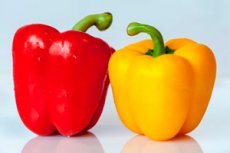
Vegetables are the basis of a healthy diet. Vegetables for gastritis with high acidity are mainly consumed boiled or mashed to a puree state.
What can and what can not?
Allowed vegetables include carrots, potatoes, beets, cauliflower, etc. You can also eat a little green peas (they should be pre-processed and mashed to a mushy consistency), as well as early zucchini and pumpkin and non-acidic tomatoes (no more than 100g per day).
Potato
When developing hyperacid gastritis, it is useful to eat raw potatoes - you should grate them and make juice from them.
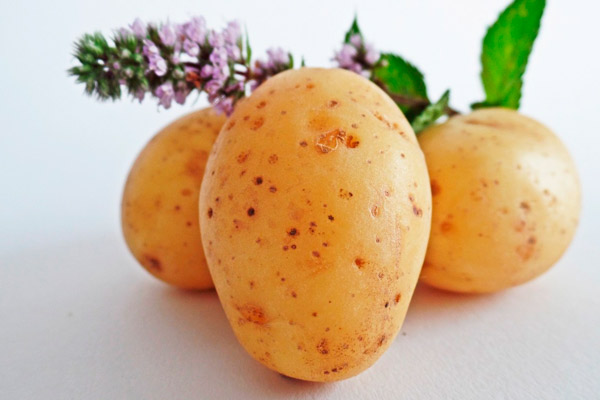
Potato juice should be taken in the following way: at the initial stage, the dosage is 1 tablespoon (before meals (40 minutes)). You need to drink 2-3 such spoons per day. Over time, the dosage is increased and brought to 100 g per dose. To get rid of the pain that accompanies gastritis, you should lie down for about half an hour after taking the remedy.
The duration of the treatment course is 10 days. After that, you need to take a two-week break and then resume treatment.
Pumpkin
Pumpkin juice is considered the most useful and effective remedy used to relieve the symptoms of hyperacid gastritis.
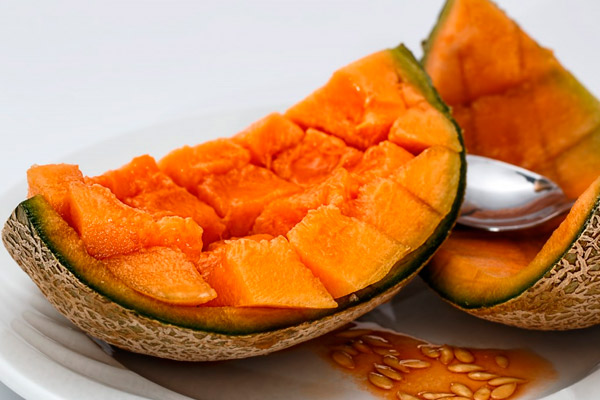
The juice contains many useful substances - proteins, vitamins, and mineral salts with carbohydrates - this mixture helps improve the function of the gastrointestinal tract and increases the process of bile secretion. As a result, the level of gastric acidity decreases and digestive activity is normalized.
For gastritis, you need to drink juice for 10 days, once a day - 0.5 glass is enough.
Cabbage
Cabbage juice can be used to treat gastritis (both cauliflower and white cabbage can be used). It is believed that this juice has many beneficial properties that allow it to be used to eliminate gastritis symptoms. Among them, the following can be highlighted:
- powerful anti-inflammatory effect, allowing to quickly eliminate symptoms of inflammation;
- effective sorbent;
- astringent effect;
- rapid relief of pain and discomfort (removes nausea and heartburn);
- contains vitamin C;
- accelerates the healing process of ulcerative lesions;
- there are virtually no side effects or contraindications;
- an excellent preventative measure against gastritis.

All these properties allow using cabbage juice in the development of hyperacid gastritis. But it should be taken into account that it can enhance the process of gas secretion, as a result of which, if constipation is also observed with gastritis, this juice should not be drunk. To obtain the desired effect when using the remedy, you need to follow these rules:
- you can't salt this juice;
- you can drink juice whose temperature is equal to your body temperature;
- The juice should be consumed before meals, 0.5 glass at a time;
- You should drink no more than 1.5 glasses per day, i.e. a maximum of 3 servings are allowed.
 [ 4 ]
[ 4 ]
Beet
Beets for hyperacid gastritis can be consumed only during periods of remission - in small portions and only after heat treatment.

It retains its beneficial properties even after cooking - it has an anti-inflammatory effect, is a mild antidepressant, increases endurance, speeds up the recovery process, and also acts as a painkiller. That is why it is useful to eat boiled beets for gastritis. But at the same time, to get the maximum effect, it must be cooked correctly:
- firstly, it should be cooked exclusively in the peel;
- secondly, during the cooking process it is necessary to monitor the integrity of the peel (in order to preserve all the beneficial substances of the root vegetable);
- Third, beets should be cooked for no more than 15 minutes.
Boiled beets can be the main ingredient for various salads (however, they cannot be seasoned with garlic and mayonnaise, which are prohibited for gastritis). To improve the taste of the dish, you can add low-fat sour cream or olive oil. But beets should not be salted during the cooking process - their sweetness is quite capable of compensating for the lack of salt.
Onion
After heat treatment, onions can be added to salads and other snacks. It is not recommended to fry them in oil - it is better to pour boiling water over the chopped vegetable, then leave it until it is completely soft (this will replace the cooking process). Among the properties of boiled onions: preservation of nutrients, improvement of digestive function, increase in appetite.
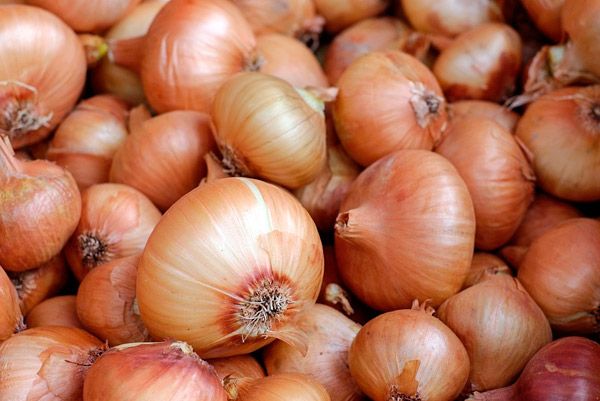
Cauliflower
The energy value of 100 g of cauliflower is 30 kcal. In addition, it contains many microelements and carbohydrates, as well as sugars, potassium and vitamin C. In the case of gastritis with increased acidity, it should be consumed stewed (either in water or steamed), because in this form it does not provoke the production of hydrochloric acid.
 [ 7 ]
[ 7 ]
Tomatoes
The energy value of 100 g of tomatoes is 20 kcal. You should eat only ripe tomatoes, which contain a large amount of sugar. They are rich in substances such as chlorine, potassium and sodium, and in addition, vitamins of groups A and C. For gastritis with high acidity, tomatoes are used in the form of sauces, as well as additives to cream soups. Before eating, you need to peel them.
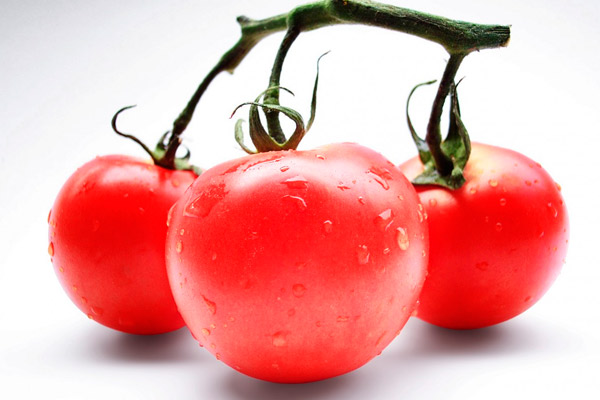
Peas
Peas contain a large amount of magnesium, as well as nucleic acids, which is why patients suffering from gastritis should eat soups with its addition. But it should be taken into account that such food is allowed to patients only at the stage of remission. In addition, it is forbidden to take dried peas - only fresh green peas should be used.
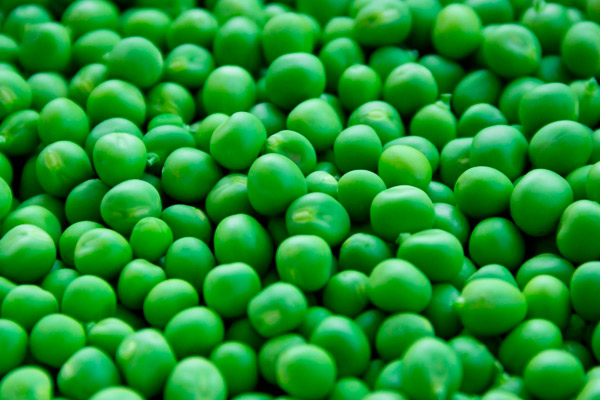
The recipe for making pea soup is similar to the rules for making any dietary soups used for gastritis. It is based on broth cooked from vegetables or lean meat. All ingredients of such soup should be mashed to a puree state.
Peas should be added in the middle of the cooking process, and after it is finished, it is also necessary to grind it to a puree state using a mixer. Finally, a little salt should be added to the already prepared soup.
Seaweed
To treat gastritis, doctors recommend including foods that contain a large amount of zinc in the diet - this group includes seaweed. But it should be taken into account that it is allowed to be consumed only during the period of remission of the disease. At the stage of exacerbation, it is prohibited, because it sharply increases the level of acidity, and also swells in the stomach, irritating the already damaged mucous membrane.
In some cases, you can use dried seaweed ground into powder, but before taking the product in this form, you should consult a gastroenterologist.
Corn
Corn has a very balanced composition, which allows it to provide high digestibility of the beneficial nutrients it contains.
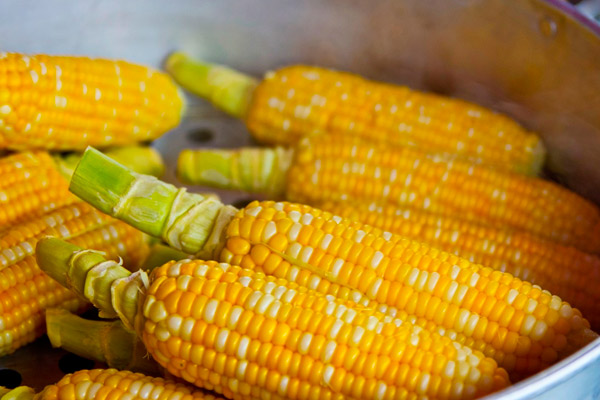
It also contains a lot of proteins with carbohydrates, which makes it possible to reduce the amount of meat consumed (especially fatty), which is very useful for gastritis, because this product is contraindicated for this disease. Thanks to corn, the functional activity of the gastrointestinal tract also improves.
The above properties allow you to include corn in the nutritional diet needed for hyperacid gastritis. It should be eaten in small portions in the form of soups, crushed to a puree state. They have a beneficial effect on the gastric mucosa, having a calming and enveloping effect. For gastritis, you can also eat steamed corn - in this form it retains all its beneficial properties.
 [ 8 ]
[ 8 ]
Zucchini, eggplants
With hyperacid gastritis, it is allowed to eat steamed eggplants or zucchini. To improve the taste of this dish, it is allowed to season the vegetables with olive oil.
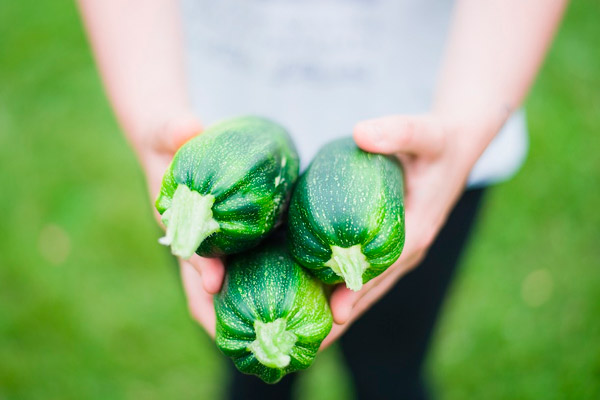
Cucumbers
In the acute stage of gastritis, it is forbidden to eat fresh unpeeled cucumbers. They can be consumed in small quantities only during the period of remission of the disease (in this case, they must be peeled).
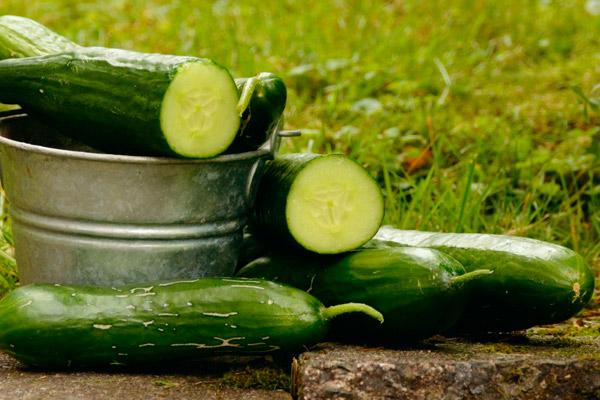
 [ 9 ]
[ 9 ]
Contraindications
Not all vegetables are useful for gastritis with high acidity. Among the harmful to health products for this disease are such products as radish, garlic, radish, fresh onions. Also, you cannot eat pickled, marinated or salted vegetables. The use of white cabbage is also limited (you can’t eat raw cabbage at all). In addition, it is forbidden to eat fried vegetables.
The list of vegetables contraindicated for hyperacid gastritis also includes spinach, turnips, bell peppers, rutabaga, fresh eggplants and zucchini, sorrel, fresh carrot juice. In addition, it is forbidden to eat broccoli, mushrooms and canned vegetables used as snacks.
In case of gastritis with high acidity, any raw vegetables are prohibited - they definitely require at least primary heat treatment.

